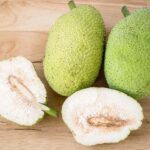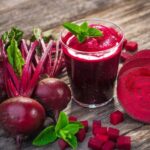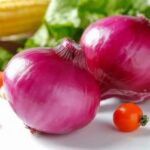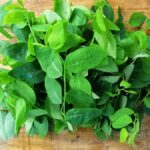The United States’ Centers for Disease Control and Prevention (CDC) has released a list of the world’s best vegetables, and surprisingly, many nutrient-rich green leafy vegetables popular in Vietnam rank at the top. Notably, spinach, also known as kale or chard, is considered a superfood, offering a plethora of fantastic health benefits.
1. Green Leafy “Superfood” Vegetables: Nutritious and Low in Calories
According to the American magazine First For Women, the list is based on 17 essential nutrients such as fiber, potassium, iron, and vitamins A, C, D, E, and K. Each vegetable is rated according to its nutrient content per calorie, determining the healthiest options.
What sets this ranking apart is that the vegetables are analyzed in their raw state, eliminating nutrient loss due to cooking. This allows consumers to easily identify the healthiest green leafy vegetables to include in their diets.
Here is the list of the world’s top 10 healthiest vegetables, according to the CDC:
- Watercress (100 points) – tops the chart.
- Napa cabbage (91.99 points).
- Rainbow chard (89.27 points).
- Beet greens (87.08 points).
- Spinach (86.43 points).
- Curly endive (73.36 points).
- Green leaf lettuce (70.73 points).
- Parsley (65.59 points).
- Romaine lettuce (63.48 points).
- Collards (62.49 points).
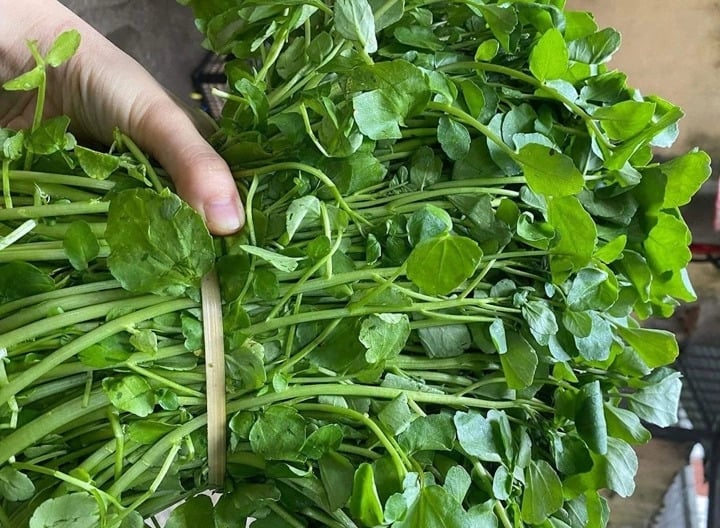
Watercress tops the chart as the healthiest vegetable.
Most of these vegetables are readily available in Vietnam, especially spinach, a familiar and healthy green vegetable option worldwide.
2. Spinach: A Superfood Worth Including in Every Meal
Spinach is not only highly regarded as one of the healthiest green vegetables but is also known for its abundance of vitamins and minerals, helping prevent various chronic diseases.
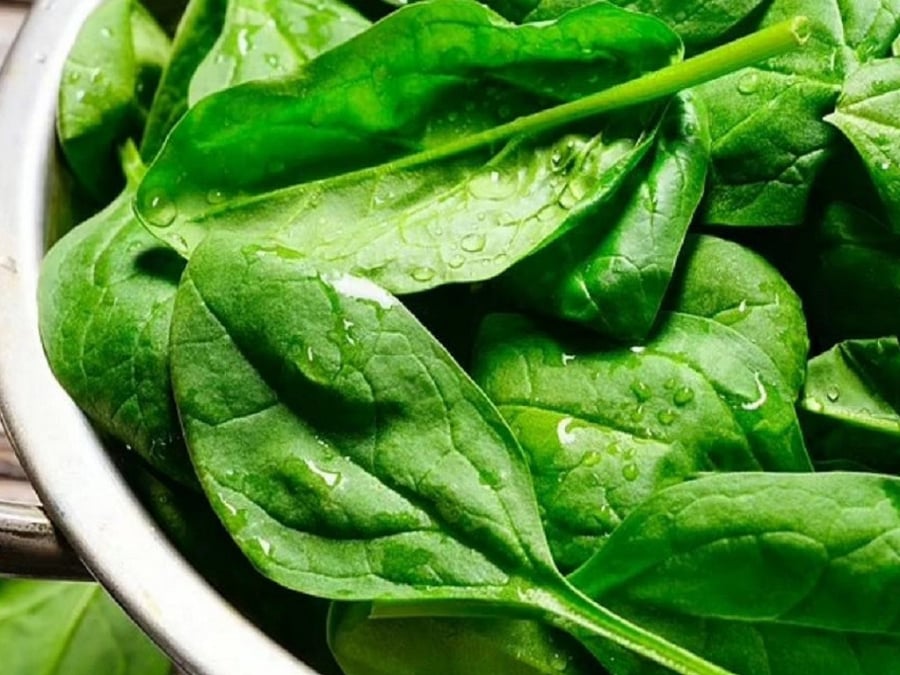
Spinach is one of the world’s healthiest vegetables.
2.1 Beauty Benefits: Skin, Hair, and Anti-Aging
Spinach is rich in vitamins A and C and natural antioxidants, which moisturize and brighten the skin while fighting signs of aging. It also promotes healthy hair growth. Those with anemia or constant fatigue can benefit from adding spinach to their diet, as it boosts iron levels and improves overall energy.
Additionally, the chlorophyll in spinach protects against UV rays and skin cancer, promoting skin health from within.
2.2 Diabetes Management
Alpha-lipoic acid, a potent antioxidant found in spinach, has been shown to lower blood sugar levels, enhance insulin sensitivity, and aid in managing type 2 diabetes effectively. This vegetable is recommended for those experiencing peripheral nerve complications.
2.3 Cancer Prevention
Spinach contains folate, tocopherol, and chlorophyllin, which inhibit cancer cell growth. Research suggests that this vegetable may reduce the risk of liver, prostate, lung, and bladder cancer. For this reason, regular consumption of spinach is recommended by experts to prevent cancer.
2.4 Eye Health
The beta-carotene and lutein in spinach strengthen eyesight, prevent cataracts, and reduce the risk of age-related macular degeneration. Spinach is an optimal choice for those seeking to improve their eye health.
2.5 Digestive Support and Detoxification
Spinach is rich in prebiotic fiber, which maintains a healthy balance of gut bacteria, improves bowel movement, and prevents constipation. It is excellent for digestive health and promotes overall gut wellness.
2.6 Liver Support and Detoxification
Spinach is packed with antioxidants that help eliminate toxins, support liver function, and reduce oxidative stress in the body. For those seeking to detoxify their bodies naturally through food, spinach is an excellent choice.
3. Precautions When Consuming Spinach
- Avoid Excessive Consumption: Eating too much spinach can lead to elevated potassium levels, impacting kidney function.
- Allergy Awareness: For those with sensitive constitutions or allergies to oxalates, consulting a doctor before including spinach in your diet is advisable.
- Post-Surgery Caution: Refrain from consuming spinach for 2–3 weeks after surgery to maintain stable blood sugar control.
With its myriad proven benefits, spinach (kale or chard) deserves a regular spot on every Vietnamese family’s dinner table. Incorporating these healthy vegetables into our diets not only prevents illnesses and boosts immunity but also fosters a sustainable and healthy lifestyle in the modern era.

